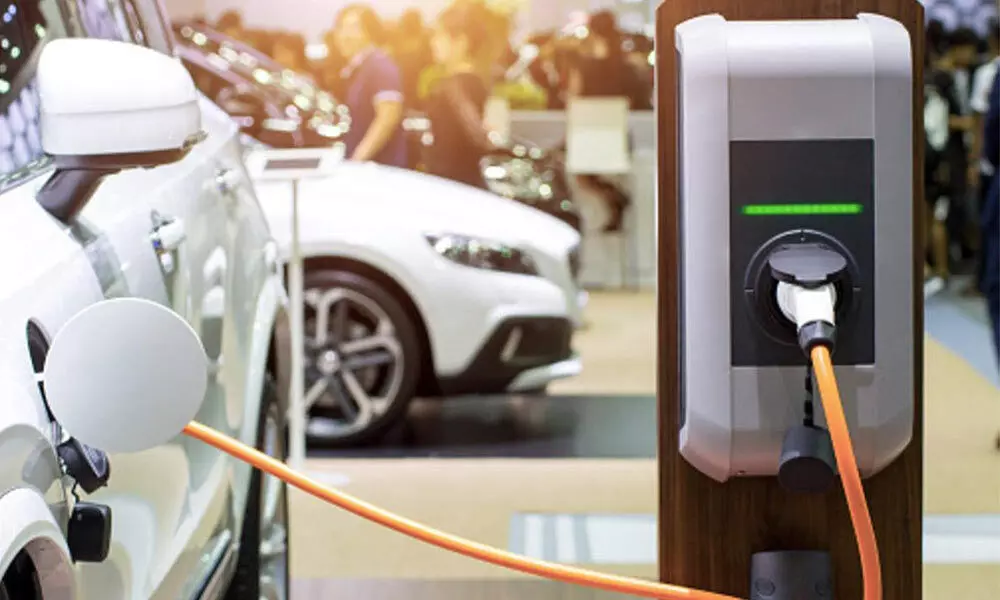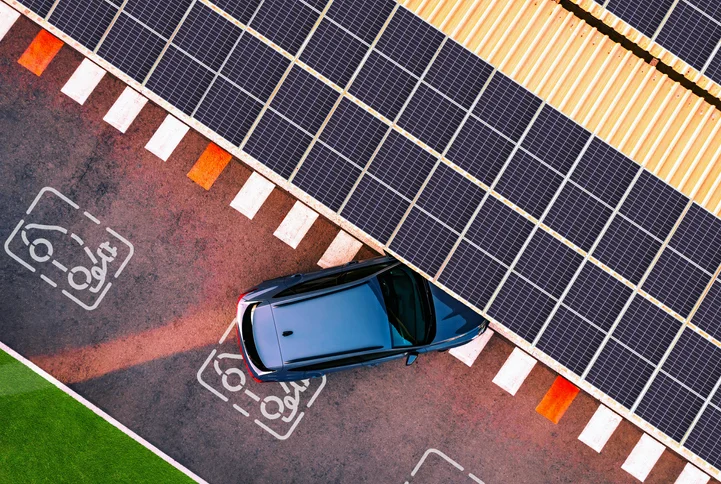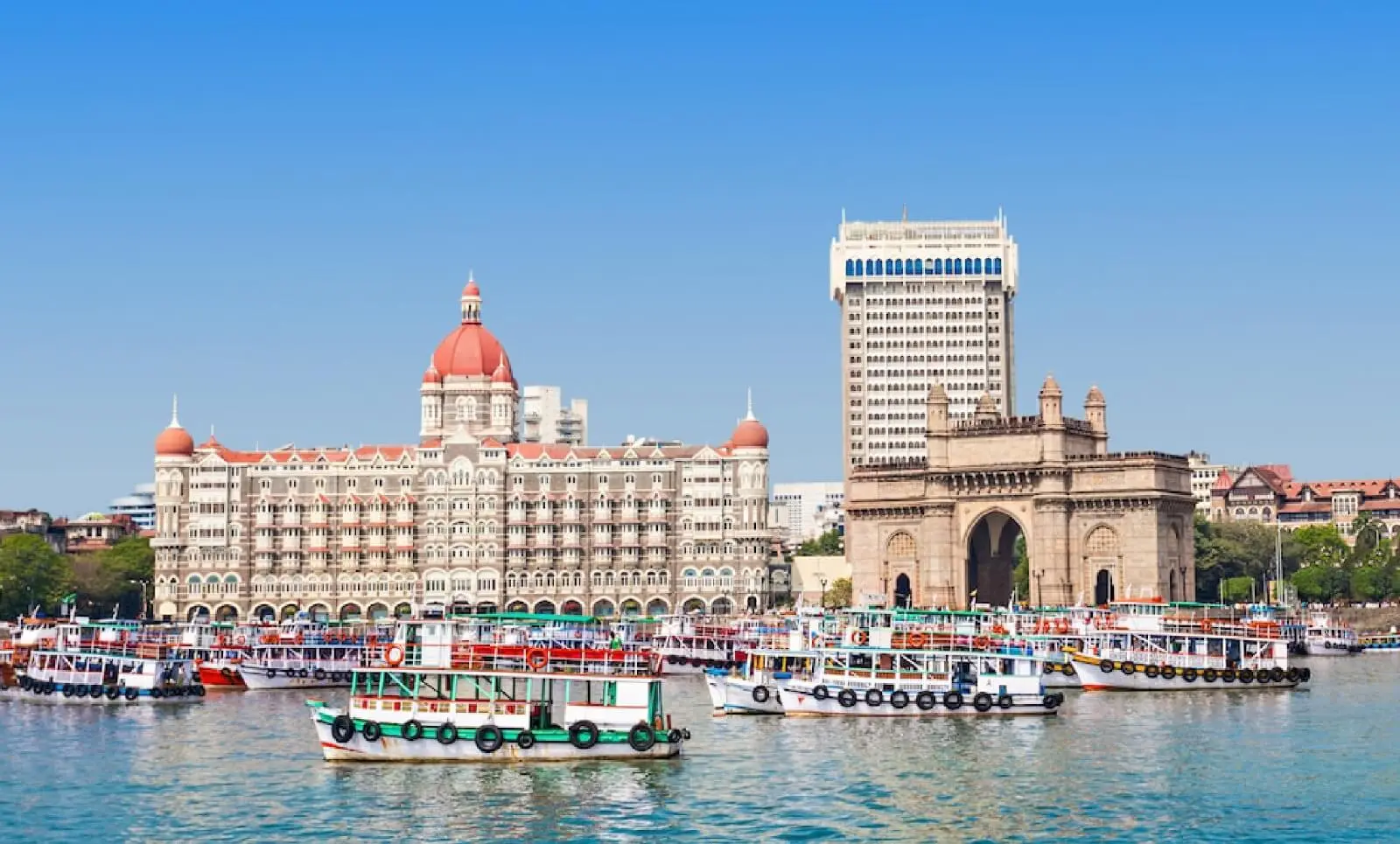Solar Power Tariff and Subsidy in Maharashtra 2025
Solar Energy is becoming increasingly popular in Maharashtra due to homeowners’ and entrepreneurs’ awareness of renewable energy. Knowledge of the transition process to solar power, including the costs and the availability of government subsidies for solar power transitions, is essential for making an informed decision.
Go more in-depth on the details.
Advantages of Solar Systems Installation
There are several benefits to switching to solar power:
- Cost Efficiency: This means massive reductions or zero bills.
- Energy Independence: Reduces reliance on the grid, allowing power to be kept during outages.
- Sustainable: Reduce carbon footprint thanks to clean energy.
- Higher Home Value: Roofing systems with solar installations often equate to higher home market values.
Solar System Cost Overview
Solar Power Pricing: Understanding How Prices Are Set
The costs of solar systems are several factors:
Solar System Size: A bigger system with more solar will produce more electricity and cost more.
Component Quality: Most higher-end solar panels and inverters are significantly more efficient and long-lasting than their cheaper counterparts, so the cost is often justified.
Installation Complexity: The pitch of the roof and any possible shading can influence the cost of installing a solar energy system.
Overall, the total price of a solar energy system can vary depending on the additional features; things like battery storage or sophisticated monitoring systems can raise the price.
Prices of Solar System in Maharashtra
Here’s a general breakdown of estimated prices for different system sizes:
1 kW System: INR 75,000 – INR 85,000
2 kW System : ₹1,50,000 – ₹1,70,000
3 kW System: ₹1,89,000 – ₹2,15,000
4 kW Sysyem: ₹2,52,000 – ₹2,85,600
5 kW System: ₹3,15,000 – ₹3,57,000
10 kW System: ₹5,30,000 – ₹6,10,000
See also: These are rough numbers and will vary according to specific needs and market conditions.
Government incentives for solar systems
The Maharashtra Government provides subsidies under PM Surya Ghar Muft Bijli Yojana to promote solar energy.
Homeowners must comply with the following criteria:
- Indian residents aged over 18 years.
- Have a house with an appropriate rooftop for solar installation.
- Have a registered electricity connection.
- They have not yet availed themselves of any other solar panel subsidy provided by the government.
Solar Energy Subsidy Amounts
The subsidy structure is:
- Up to 2 kW: ₹30,000 per kW
- Incremental capacity beyond 3 kW: ₹18,000 per kW
- Maximum subsidy for systems above 3 kW: ₹78,000
Price After Subsidy
With the subsidies, the net costs are:
- 1 kW System: ₹45,000 – ₹55,000
- 2 kW System: ₹90,000 – ₹1,10,000
- 3 kW system: ₹1,11,000 – ₹1,37,000
- 4 KW System : ₹1,74,000 – ₹2,07,600
- 5 kW System: ₹2,37,000 – ₹2,79,000
- 10 kW System: ₹4,53,000 – ₹5,29,000
Subsidy Application Process
To avail of the subsidy
For more information, visit the National Portal for Rooftop Solar and register.
1) Apply: Apply with required documents like proof of residency and electricity bills.
2) ACKNOWLEDGEMENT: Get accredited from individual DISCOM after affirming.
3) Installation: Select an empanelled vendor for the system installation.
4) Inspection: DISCOM will verify the installation and commission the system after system installation.
Financing Options
Here are a few ways to finance solar systems to bring down costs:
Custom Solar Installation Loans: Many banks offer loans specifically for solar projects at lower rates than regular bank loans.
Overtraining Sign-ups—EMI on After Settle: Some merchants have offered EMI on their openings so homeowners can pay for their work in easy monthly installments.
Government Schemes - Various programs provide solar incentives, like the PM Kusum Scheme.
How to Select the Best Solar System
Choosing a suitable system requires the following:
Energy requirements assessment: Ask yourself how much energy your home consumes on average so you know which system size to go for.
Assessing Roof Space: Check whether you have adequate area for panel placement without overshadowing.
Plan for the Future: Remember the need to add extra energy to escape from developing energy consumption.
Installation Process
The typical steps include:
1. Site Assessment: A professional will assess your roof to verify if it is a good candidate.
2. Let me put forward a design proposal: A design that will suit you through a system design is 1 of them.
3. Permitting: Local authorities issue required permissions and approvals.
4. Installation: Install panels and inverters, followed by system testing.
5. Type: This system is grid-connected and facilitates net metering.
Maintenance and Upkeep
Solar systems maintenance is very low:
- Regular Cleaning: Dust and dirt can block sunlight from reaching the panels, so it’s a good idea to keep them clean.
- Regular Inspections: Inspect for wear and tear or shading issues.
- Monitoring Performance: Implement systems that measure the energy produced.
Environmental Impact
Switching to solar energy helps in:
- Reduced Greenhouse Gas Emissions: Using less fossil fuels means less carbon dioxide.
- Resource Conservation: Solar power is a renewable energy source, minimizing reliance on finite resources.
- Cleaner Air: Pollution reduction creates a healthier environment.
Challenges and Considerations
Now, let’s get real for a second. Switching to solar is exciting — almost liberating — but it’s not all sunshine and smooth sailing. As with any significant investment or life-changing decision, there are challenges associated with solar energy.
1. THE PRICE OF PROGRESS — Initial Investment
Despite generous government handouts of (up to ₹78,000!) the initial expense of a solar system can still seem daunting. For example:
- A 3 kW system may still cost about ₹1.1 to ₹1.37 lakh post-subsidy.
- A 5 kW system could cost anywhere from ₹2.37 lakh to ₹2.79 lakh from your pocket.
2. THE NEED FOR SPACE — NOT EVERY ROOFTOP IS READY
Space is another common challenge we face. TACKING ON SOLAR PANELS Installing solar panels is not just about the money; it’s also about the right physical conditions.
Here’s what can constrict your solar potential:
Limited rooftop space: A 1 kW solar system requires around 80–100 sq. ft. of shadow-free space. If you would rather have a 3–5 kW system, you would need 300–500 sq. ft. There isn’t much usable space in many urban houses and apartments.
Obstructions: Shadows from overhead water tanks, satellite dishes, chimneys, AC outdoor units, or tall trees can affect your panels. Remember that even a tiny shadow on a single panel can reduce system efficiency.
Orientation and tilt: South-facing roofs are best for India. If, for instance, your roof faces north or is uneven, it sometimes requires specialized mounting solutions, which adds to costs and can diminish efficiency.
Shared rooftops in societies: If you live in an apartment complex, some societal rules could restrict the installation of individual solar systems or compromise rooftop rights. Pool cooperatives for standard utilities (such as elevators or water pumps) could be more possible.
But while not every home is ideal for solar, don’t freak out. A professional solar survey can tell you what’s possible, and certain new technologies, such as high-efficiency panels or vertical mounts, can sometimes work around these limitations.
3. Intermittency — What Happens When the Sun Doesn’t Shine
Here’s the reality check — solar energy is great, but it doesn’t always work.
Solar panels will produce power only when:
- The sun is shining brightly.
- There’s little to no shading.
- It’s daytime (of course)
In Maharashtra, we have the gift of sunshine — 250 days a year. But your system’s output will fall during monsoons or cloudy weather. It won’t stop producing, but it’ll make less energy.
Conclusion: Solar Power Tariff and Subsidy in Maharashtra 2025
Solar energy is not just a fad — in Maharashtra, it’s emerging as a grassroots revolution. Solar Power Tariff and Subsidy in Maharashtra 2025 is undoubtedly one of the best years to invest in a rooftop solar panel system for your home.
With the generous subsidy (up to ₹78,000), which brings down the cost, and enough sunshine available throughout the year, your solar panels can recover their cost in a matter of a few years, after which they will give you free power for decades. Beyond the actual savings, creating clean energy and helping a healthier planet is very rewarding.
So go ahead, take the plunge! Contact a solar installer or two, get a quote, claim the subsidy, and be part of the nation’s growing movement of solar homes. Here’s to a future of sustainability and brightness for you and Maharashtra. 🌞
Read More: How to Apply for an Individual Electric Vehicle Meter?




